Spray Polyurethane Foam Market Summary
As per MRFR analysis, the Spray Polyurethane Foam Market Size was estimated at 1.669 USD Billion in 2024. The Spray Polyurethane Foam industry is projected to grow from 1.786 USD Billion in 2025 to 3.513 USD Billion by 2035, exhibiting a compound annual growth rate (CAGR) of 7.0 during the forecast period 2025 - 2035.
Key Market Trends & Highlights
The Spray Polyurethane Foam Market is experiencing robust growth driven by sustainability and technological advancements.
- North America remains the largest market for spray polyurethane foam, driven by increasing construction activities.
- Asia-Pacific is emerging as the fastest-growing region, reflecting a surge in demand for energy-efficient building solutions.
- Closed-cell foam dominates the market, while open-cell foam is witnessing rapid growth due to its versatility in applications.
- Key market drivers include the rising demand for energy efficiency and the growing awareness of health and safety standards.
Market Size & Forecast
| 2024 Market Size | 1.669 (USD Billion) |
| 2035 Market Size | 3.513 (USD Billion) |
| CAGR (2025 - 2035) | 7.0% |
Major Players
BASF SE (DE), Huntsman Corporation (US), Dow Inc. (US), Covestro AG (DE), Saint-Gobain (FR), Nippon Polyurethane Industry Co., Ltd. (JP), Sika AG (CH), Gaco Western (US), Icynene-Lapolla (US)


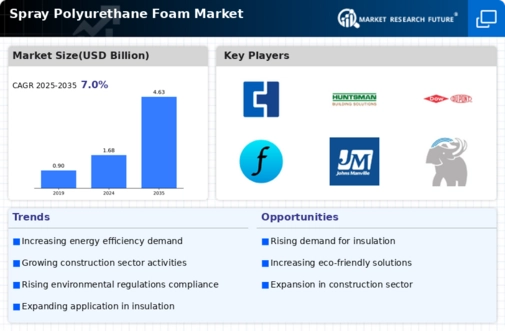
 Source: Secondary Research, Primary Research, Market Research Future Database, and Analyst Review
Source: Secondary Research, Primary Research, Market Research Future Database, and Analyst Review
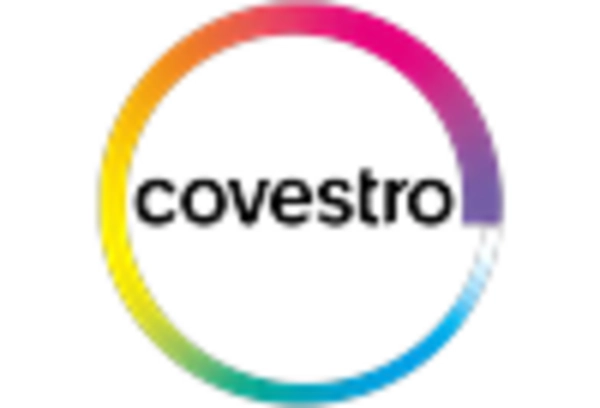
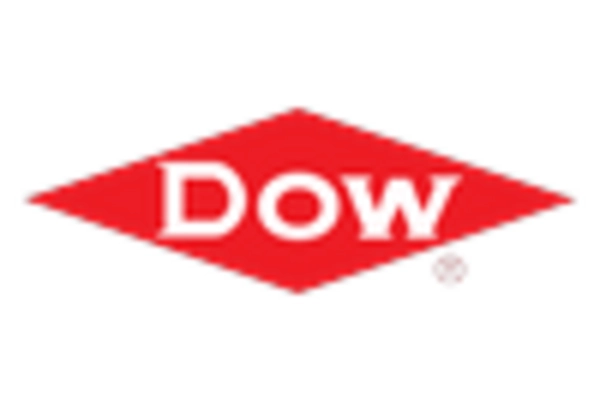
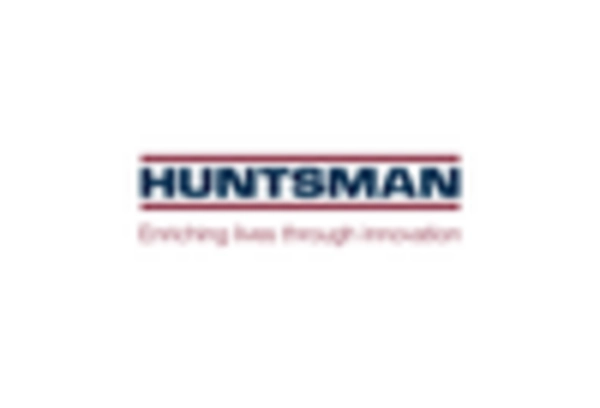
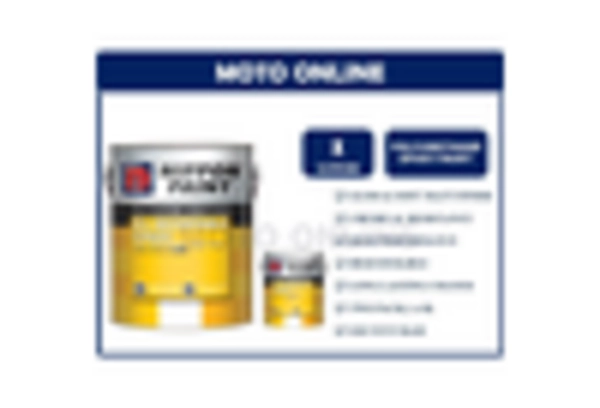
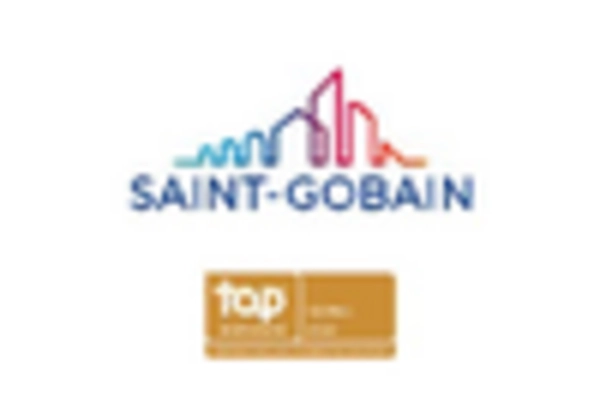








Leave a Comment